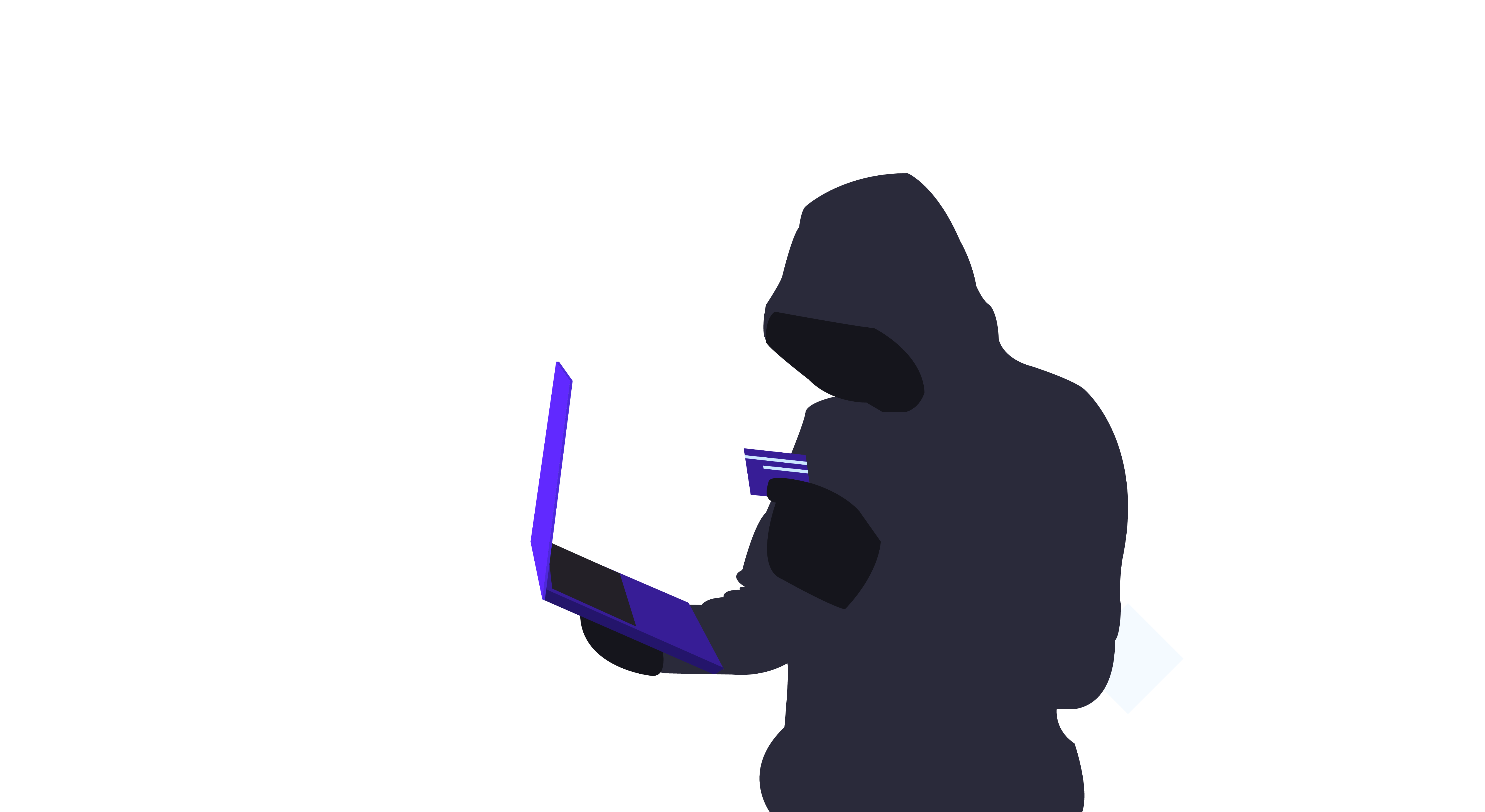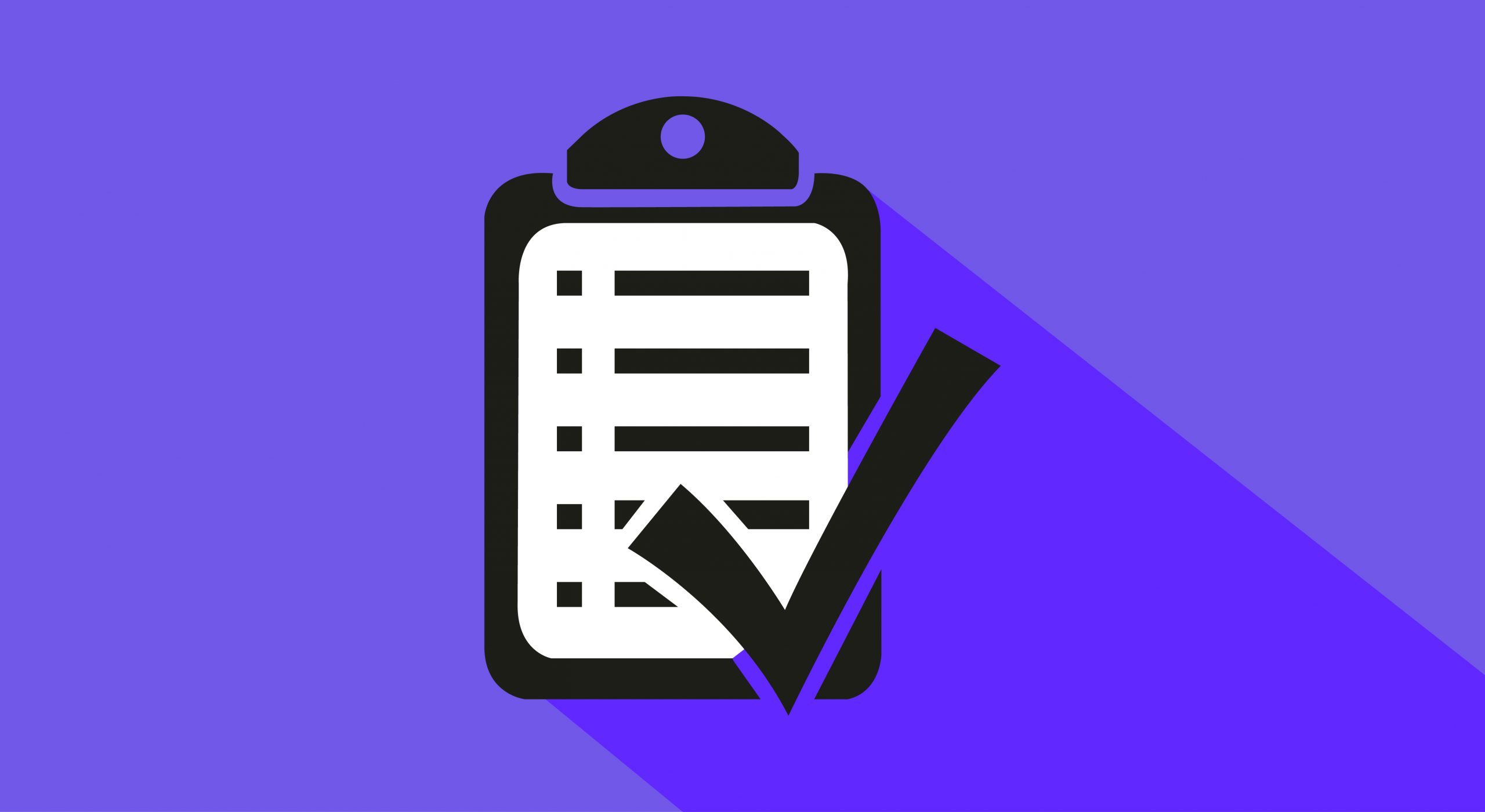With the rise of social networks, the concept of individual identity has mutated. If there were already cases of identity theft and personality change on the offline level, it all multiplies in a time when most of a person’s daily social interactions are done through a screen.
Fake profiles are a phenomenon of modern life. If you interact on Twitter with a “person” behind the screen there may be a bot or an individual who manages numerous profiles with a commercial or political intent.
Identity behind a @username
From the popularity of the forums and group chats of the beginnings of the Internet, the classic identification by family name and surname was replaced by a more personalized and unique equivalent, which came to stay: the username.
Behind a username hides, let’s say, a legal identity that often loses meaning in online interactions. We are all used to dealing with users who publish their real name as well as with those who use aliases like “SugarDaddy” and we will never know if it even speaks English.
But it is very easy to give opinions or criticize others behind a mask. To what extent does a technical evolution such as user names (essential today in any online social environment) become the most accepted form of cowardice in the modern world?
Identity theft could be involved in heartless scams. The New York Times told the story of Renee Holland, a woman who was chatting for months with an alleged soldier to whom she sent money.
Multiple identities through the web
The previous analysis presupposed that a person can hide his identity behind the alias that represents him in online life. But … what if the same person has several identities on the Internet?
In the same social network, it is generally possible to have various accounts: just enough to have several emails or phone numbers. The possibilities to manage several users are endless, so much so that most social network apps allow you to manage more than one account.
And, even if a person has only one profile within a website … aren’t spaces created in each social network not to be understood as different pieces of the same identity? Or users as individuals with different behavior according to their interest in each platform: on Twitter the dissatisfied, on Instagram the snob, on Facebook the philanthropist, or on LinkedIn the entrepreneur?
Types of identity fraud, by di Ciccio
The researcher Francesco di Ciccio determined the types of identity fraud in a general sense. This typology is extremely useful for understanding the importance of having a secure online identification form, although the author also considers frauds that do not happen on the Internet.
The types of identity fraud are:
- Identity cloning: Substitution of a person with the objective of creating a new identity
- Theft of financial identity: Data on the identity of an individual or a company are stolen in order to obtain credits, loans, accounts opened in banks in the name of the victim
- Theft with a criminal objective: the imposter provides the name of another person and their data (date of birth, driver’s license, identity or social security number, etc.) to law enforcement during their arrest or the process of investigation.
- Synthetic Impersonation: Combine personal data of different real people to create a new identity.
- Medical identity theft: Use of third party data to obtain medical services and other benefits.
- Ghosting: Creation of a new identity, with elements stolen from the data of a deceased person.
- Cyber Bullying: To impersonate somebody on the internet, through web 2.0 services (blogs, social networks, etc.) with the aim of sending doubtful information.
Fake Internet profiles and their most popular variants
Identity theft
An individual who pretends to be another, to fulfill some of the following reasons: to obtain a certain information or type of access, to parody what a famous person would say in social networks, to easily articulate a community of followers around a recognized person.
Phishing
A variant of identity theft that takes advantage of the trust placed in a person or company to obtain sensitive information such as passwords or credit cards.
This is one of the methods of so-called social engineering, a principle that explains how users “are the weakest link” in any system.
-Bots
It is a software that automatically generates messages and conversation on certain topics on social networks, often pretending to be a real person.
What to do against false profiles?
The credibility of an opinion, or a news item, depends on the source that issues it. But how to judge it if it is an anonymous user on the Internet? We must take into account a series of precautions before assuming the veracity of an online identity.
However, fact checking sites, background checking or people search engines on social networks will never be enough to establish absolute trust in all available people profiles.
What is missing?
A tool that, through the contribution of users, corroborates all the information provided by each person about himself, based on an algorithm that builds the legitimacy of each profile from data provided by a social group.
That platform is FySelf.



